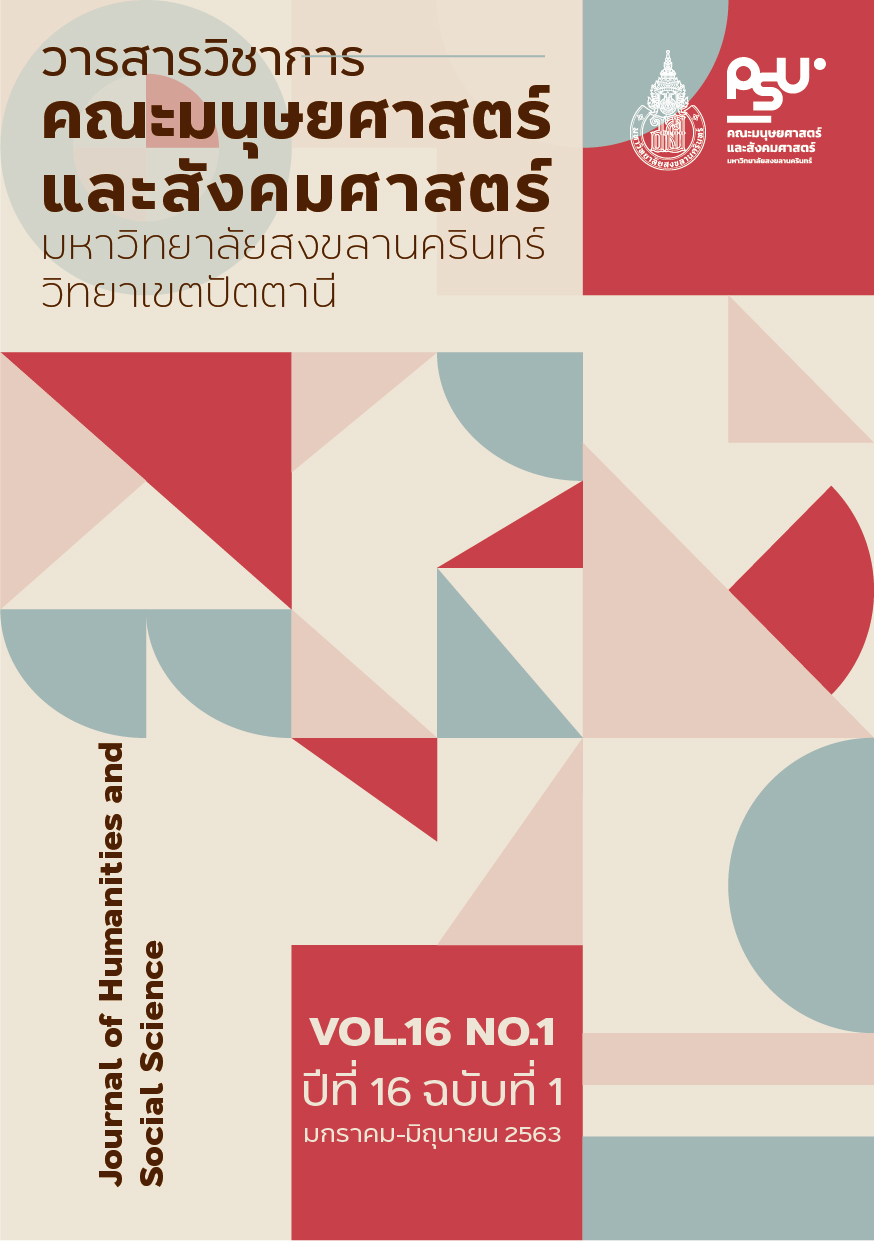The Buddhist Way of Life: Intercultural Communication of Thailand and India
Keywords:
Thailand and India, Intercultural Communication, Way of Life BuddhistAbstract
The paradigm arose under the belief that the relationship between Thailand and India. It is a long-standing relationship with deep aspects within the same and similar religious and cultural dimensions: the " Buddhist Way of Life". Living well in society is a code of conduct to society, and social principles the community should uphold, which has boundaries that must be maintained together in order to lead oneself and the community towards being, which will bring true and lasting peace.
References
เกษม วัฒนชัย, ฯพณฯ องคมนตรี ศาสตราจารย์นายแพทย์. (2545). “รายงานการประชุมทางวิชาการเรื่องทิศทางวัฒนธรรมกับการศึกษาในกระแสแห่งการเปลี่ยนแปลง : สกศ.”. กรุงเทพฯ: สำนักนโยบาย แผน และมาตรฐานการศึกษา ศาสนา ศิลปะและวัฒนธรรม, สำนักงานคณะกรรมการการศึกษาแห่งชาติ.
ชื่นฤทัย กาญจนะจิตรา. (2554). “เผยคนไทยอายุยืนขึ้น ชายเฉลี่ย 69 หญิง 76 ตายด้วยมะเร็ง-อุบัติเหตุสูง”. มติชนออนไลน์. (2554, มิถุนายน 12). มหาจุฬาลงกรณราชวิทยาลัย. (2539). พระไตรปิฎกภาษาไทย ฉบับมหาจุฬาลงกรณราชวิทยาลัย. กรุงเทพฯ: โรงพิมพ์มหาจุฬาลงกรณราชวิทยาลัย.
พระธรรมปิฏก (ป.อ. ปยุตฺโต). (2546). “พุทธธรรม”. กรุงเทพฯ: มหาจุฬาลงกรณราชวิทยาลัย.
พระเทพเวที (ประยุทธ์ ปยุตฺโต). (2525). “พุทธศาสนากับสังคมไทย”. กรุงเทพฯ: สำนักพิมพ์มูลนิธิโกมลคีมทอง.
สำนักงานเลขาธิการสภาการศึกษา. (2553). “ข้อเสนอการปฏิรูปการศึกษาในทศวรรษที่สอง (พ.ศ. 2552 – 2561)”. กรุงเทพฯ: สำนักงานเลขาธิการสภาการศึกษา.
อมรา พงศาพิชญ์. (2547). ความหลากหลายทางวัฒนธรรม (พิมพ์ครั้งที่ 7). กรุงเทพฯ: สำนักพิมพ์แห่งจุฬาลงกรณ์มหาวิทยาลัย.
Adam, S. (1978). Powers of the Mind. New York City: Arrangement with Random House.
Deardoff, D.K. (2008). “Intercultural Competence – The key competence in the 21st Century ?.” [On line] available at : http://www.bertelsmann-stiftung.de/bst/de/media/ xcms_bst_dms_30238_30239_2.pdf, September 3, 2020.
Ishii, S. (2006). “Complementing Contemporary Intercultural Communication Research with East Asian Sociocultural Perspectives and Practice.” China Media Research : 13-20.
Jandt, F.E. (2004). An Introduction to Intercultural Communication : Identities in a Global Community. 4th edition. Sage Publication.
Kuhn, T. S. (1970). The structure of scientific revolution. (2nd edition, enlarged) Chicago: The University of Chicago Press.
Matsumoto,D., Leroux, J., and Yoo, S.H. (2005). “Emotion and Intercultural Communication.” Handbook of Applied Linguistics. Volume 7, (October 2005) : 15 -38.
Penbak, S., Yurdakul, D., and Cerit, G.A. (2009). “Intercultural Communication Competence : A Study about The Intercultural Sensitivity of University Students based on their education and international experience.” European and Mediterranean Conference on Information Systems. July 13-14, 2009.
Shristi Pukhrem. (2017). India -Thailand Relations: A Strategic Review. India Foundation, Jawaharlal Nehru.
Wood, J.T. (2003). Communication in Our Lives. Thomson Wadsworth.
Downloads
Published
How to Cite
Issue
Section
License
บทความนี้ได้รับการตีพิมพ์เป็นของวารสารวิชาการคณะมนุษยศาสตร์และสังคมศาสตร์ คณะมนุษยศาสตร์และสังคมศาสตร์ มหาวิทยาลัยสงขลานครินทร์ วิทยาเขตปัตตานี






